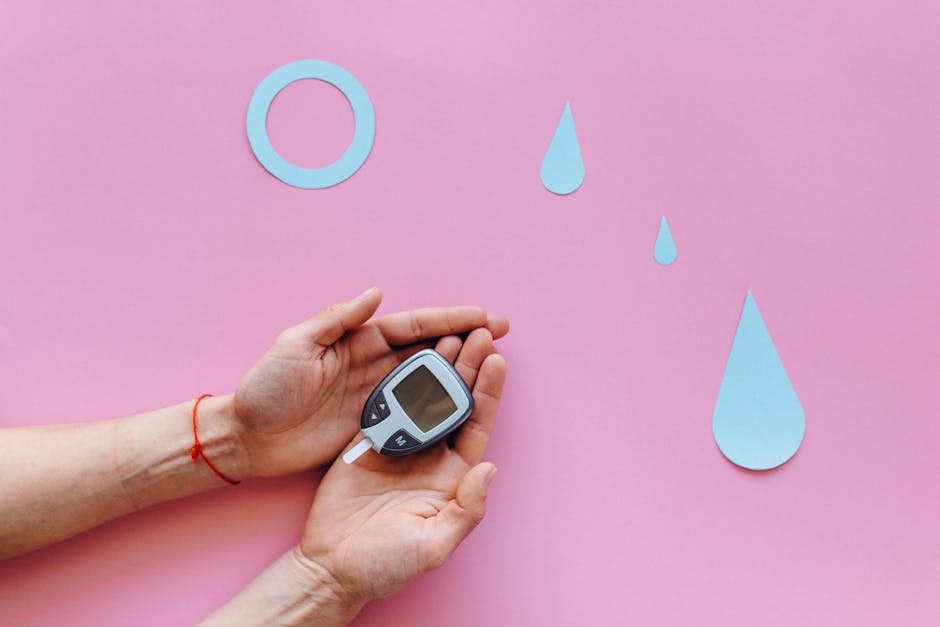The Decline of Animal Testing: A Tech-Driven Revolution
Animal testing has long been a contentious practice, balancing ethical concerns against its role in medical and cosmetic research. But today, breakthroughs in biotechnology, AI, and computational modeling are paving the way for humane, human-relevant alternatives. These innovations promise to make animal testing obsolete—delivering faster, cheaper, and more reliable results.
Here are five technologies leading the charge:
1. Organs-on-Chips: Tiny Labs That Mimic Human Biology
Microfluidic “organs-on-chips” are redefining drug testing. These thumb-sized devices contain living human cells that replicate organ functions, from lungs to heart tissue. Unlike animal models, they provide human-specific data—critical since 90% of drugs that pass animal trials fail in humans.
Key Example: Companies like Emulate Inc. collaborate with pharmaceutical leaders to replace animal tests with chips, slashing costs and improving accuracy.
2. 3D Bioprinting: Lab-Grown Tissues Replace Animal Subjects
Scientists now use 3D bioprinters to create living human tissues for drug and cosmetic testing. These structures, made from a patient’s own cells, offer personalized insights while eliminating ethical concerns.
Breakthrough: Researchers at Tel Aviv University 3D-printed a miniature human heart, proving the potential for complex organ replication.
3. AI in Drug Discovery: Predicting Outcomes Without Animals
Artificial intelligence analyzes vast datasets—from clinical trials to molecular structures—to predict drug effects accurately. AI platforms like Insilico Medicine design and test drugs virtually, reducing development time and animal reliance.
Regulatory Shift: The FDA and EMA now accept AI-derived data for some applications, signaling a major policy evolution.
4. Human Organoids: Miniature Organs for Precision Research
Stem-cell-derived organoids (e.g., brain, liver, or gut models) replicate human diseases more accurately than animals. During COVID-19, gut organoids helped scientists study infection pathways—something rodent models couldn’t achieve.
Pioneers: The Hubrecht Institute used organoids to uncover how SARS-CoV-2 invades human cells.
5. Computer Simulations: Digital Twins for Safer Testing
Advanced simulations model human biology to predict drug toxicity and efficacy. Projects like the Virtual Second Patient use digital twins to replicate trials, reducing animal use in toxicology.
Challenges and the Path Forward
Despite progress, hurdles remain:
– Regulations: Agencies like the FDA still mandate animal testing for most drugs.
– Adoption: Cosmetics lead the way (e.g., EU/India bans), but broader industry change is slow.
How to Help: Support cruelty-free brands and advocate for policies prioritizing synthetic and computational methods.
Conclusion: A Cruelty-Free Future Is Within Reach
From bioprinting to AI, technology is proving that animal testing is outdated—and unnecessary. As these tools gain traction, science can embrace ethical, human-centric research without compromise.
The bottom line: The solutions exist. Now, it’s about implementation.
—NextMinuteNews




